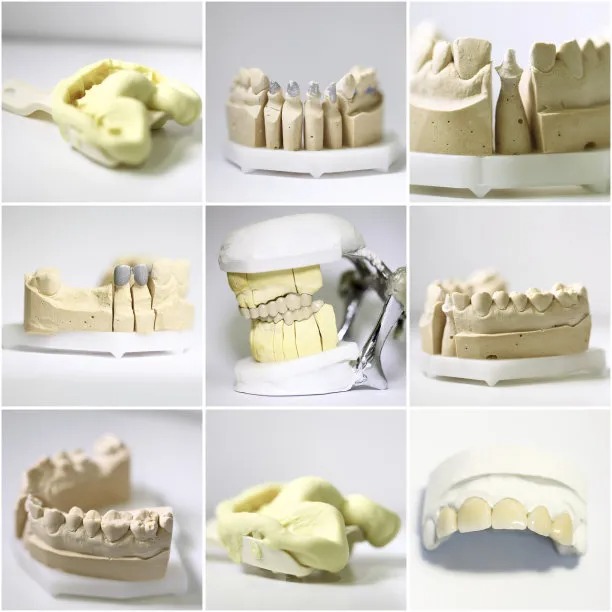Essential Precautions to Ensure Safe and Effective Root Canal Treatment for Optimized Dental Health and Patient Comfort
Summary: Root canal treatment is a vital dental procedure aimed at salvaging infected or damaged teeth while ensuring patient comfort and optimal health. This article delves into essential precautions that dental professionals must adhere to during the procedure, covering aspects such as comprehensive diagnosis and treatment planning, meticulous procedural techniques, post-treatment care, and effective patient communication. By implementing these precautions, dentists can achieve a safe and effective root canal treatment, promoting long-term dental health and enhancing overall patient experience.
1. Comprehensive Diagnosis and Treatment Planning

The initial phase of a successful root canal treatment revolves around a thorough diagnosis. Dentists must conduct detailed examinations, including X-rays and clinical assessments, to identify the extent of decay or infection. Adequate diagnosis ensures that the chosen treatment method is tailored to the individual needs of the patient, minimizing complications.
Moreover, treatment planning is crucial. Dentists should develop a step-by-step plan that outlines the procedure, anticipated challenges, and specific strategies to address those challenges. This kind of foresight can drastically reduce the chances of unforeseen complications during the actual treatment.
Additionally, patient history should be evaluated to inform the dentist of any previous dental issues or underlying health conditions that could influence the procedure. A well-informed dentist is better equipped to address the patient’s specific needs and offer a personalized approach, thereby increasing the likelihood of a positive outcome.
2. Meticulous Procedural Techniques
The execution of the root canal procedure itself requires a high level of skill and attention to detail. Dentists must utilize sterile instruments and follow aseptic techniques to avoid post-treatment infections, which can complicate recovery. Maintaining a clean working environment is vital for the safety of both the patient and the healthcare provider.
Furthermore, the use of high-quality materials for filling and sealing the canals is imperative. Materials must be biocompatible to prevent adverse reactions and ensure optimal healing. The selection of appropriate techniques, such as rotary endodontics or hand instrumentation, should be considered based on the clinical situation to enhance effectiveness.
Finally, dentists must be diligent in monitoring the patients response throughout the entire procedure. Regular checks for signs of discomfort, anxiety, or complications enable the dentist to make necessary adjustments in real time. Creating a comfortable environment significantly contributes to a positive patient experience.
3. Post-Treatment Care and Follow-Up
Post-treatment care is just as critical as the procedure itself. Dentists should provide patients with detailed instructions regarding oral hygiene practices, the proper use of medications, and dietary recommendations to aid healing. This step ensures that patients leave with a clear understanding of their responsibilities in the recovery process.
Follow-up appointments should be scheduled to monitor the healing process and address any complications promptly. These visits allow the dentist to evaluate the effectiveness of the treatment and make plans for further intervention if necessary. Ensuring that patients feel supported even after the procedure fosters trust and improves overall satisfaction.
Moreover, educating patients about potential signs of complications—such as severe pain or swelling—empowers them to seek help when needed. This proactive approach not only contributes to timely interventions but also reassures patients that their health is a priority.
4. Effective Patient Communication Strategies
Effective communication is crucial in enhancing patient comfort and ensuring successful treatment outcomes. Dentists should take the time to explain the procedure clearly to patients, addressing any questions or concerns they may have. This transparency helps alleviate anxiety and builds confidence in the treatment process.
Providing visual aids or demonstrations can also aid understanding and make the patient experience more relatable. Patients are more likely to cooperate and adhere to post-treatment instructions when they have a clear grasp of what to expect.
Additionally, creating an empathetic environment where patients feel heard and respected is essential. Active listening to their concerns can help tailor the treatment plan to suit their needs, reinforcing the dentist-client relationship and encouraging open dialogue.
Summary:
In conclusion, root canal treatment is a critical procedure that requires meticulous planning and execution. By focusing on comprehensive diagnosis, procedural techniques, diligent post-treatment care, and effective communication, dental professionals can ensure that their patients experience a safe and effective treatment. With the right precautions in place, patients can enjoy the benefits of improved dental health while also feeling valued and comfortable throughout their dental journey.
This article is compiled by Vickong Dental and the content is for reference only.



